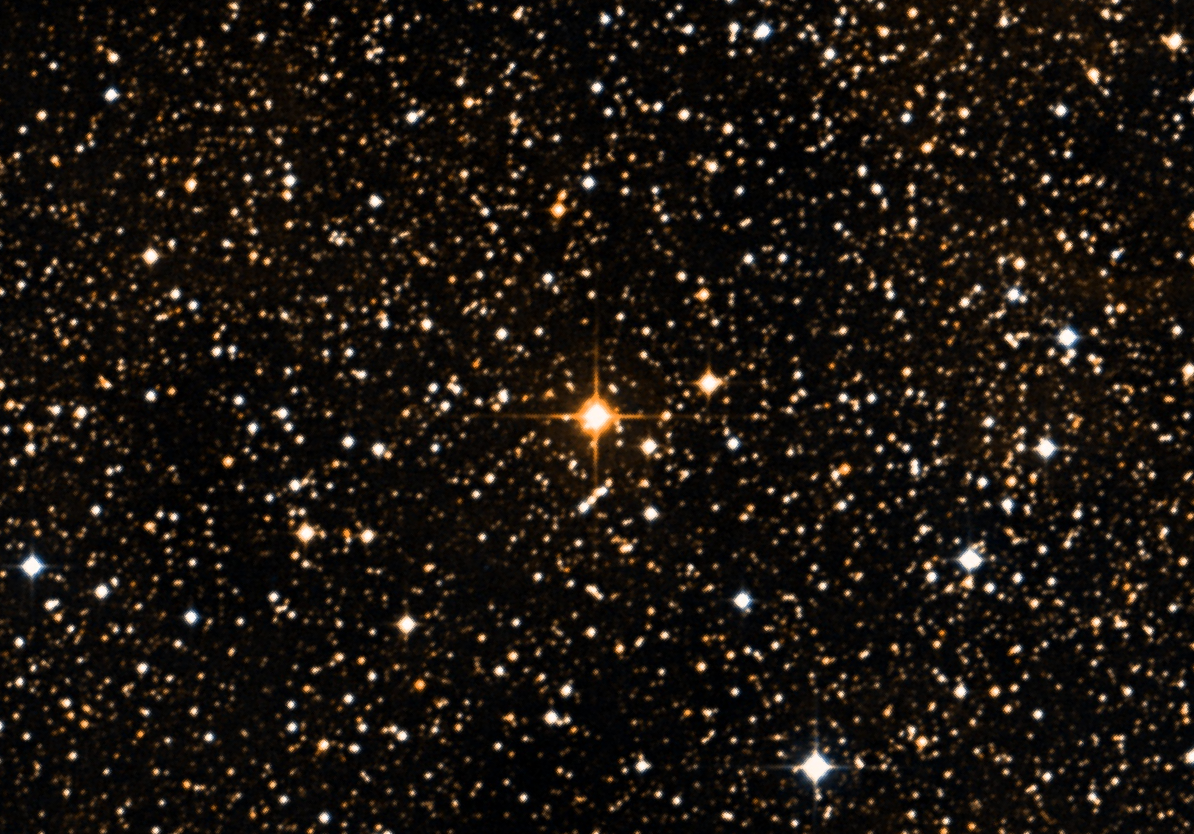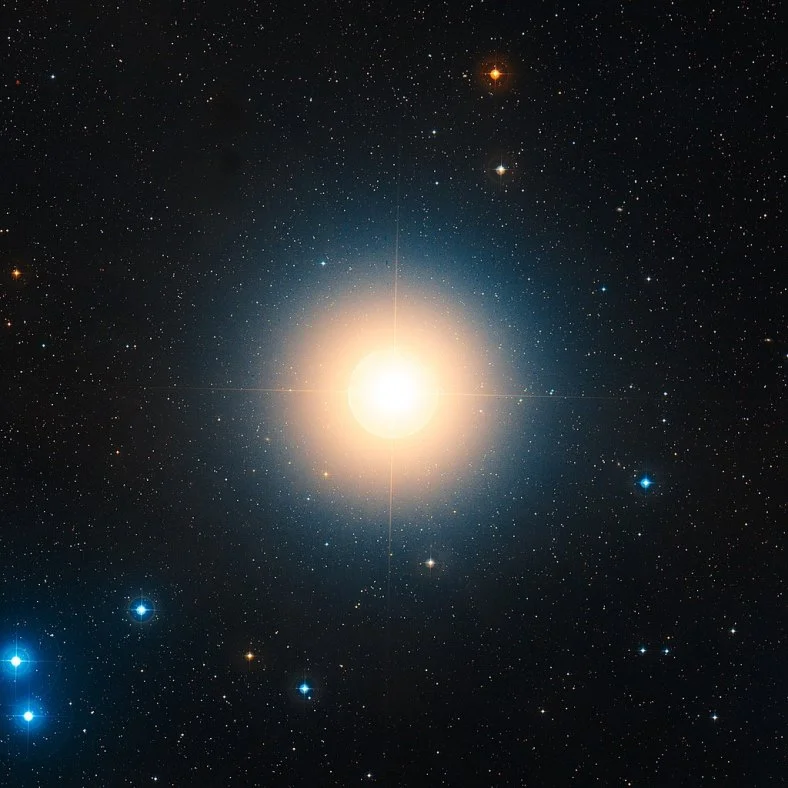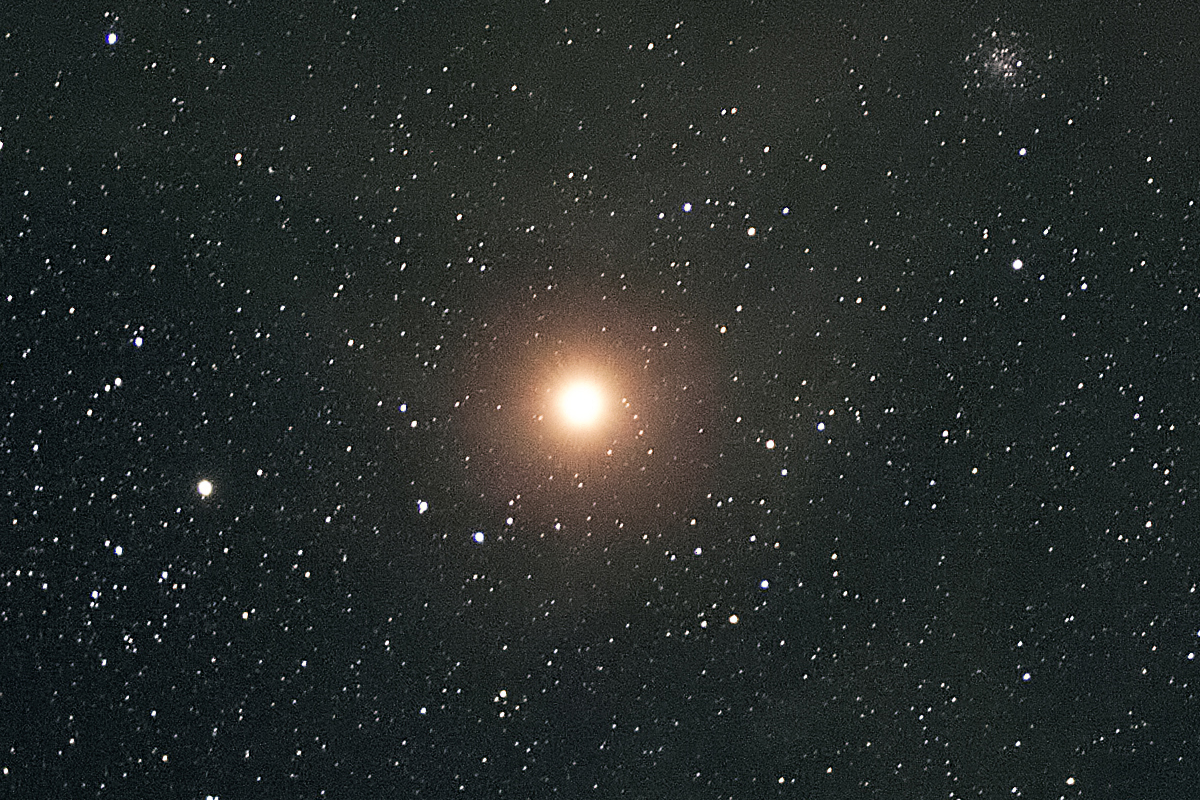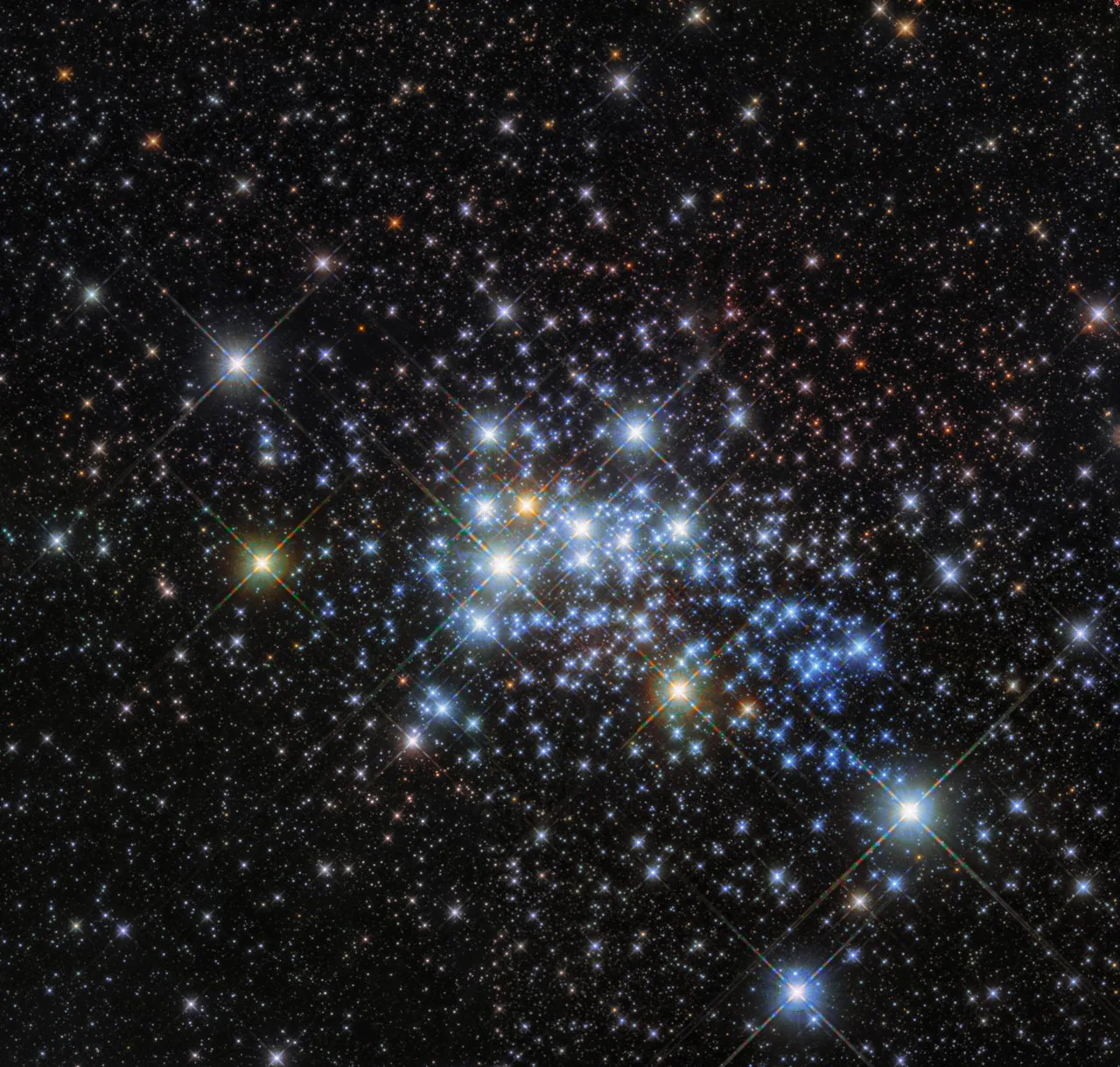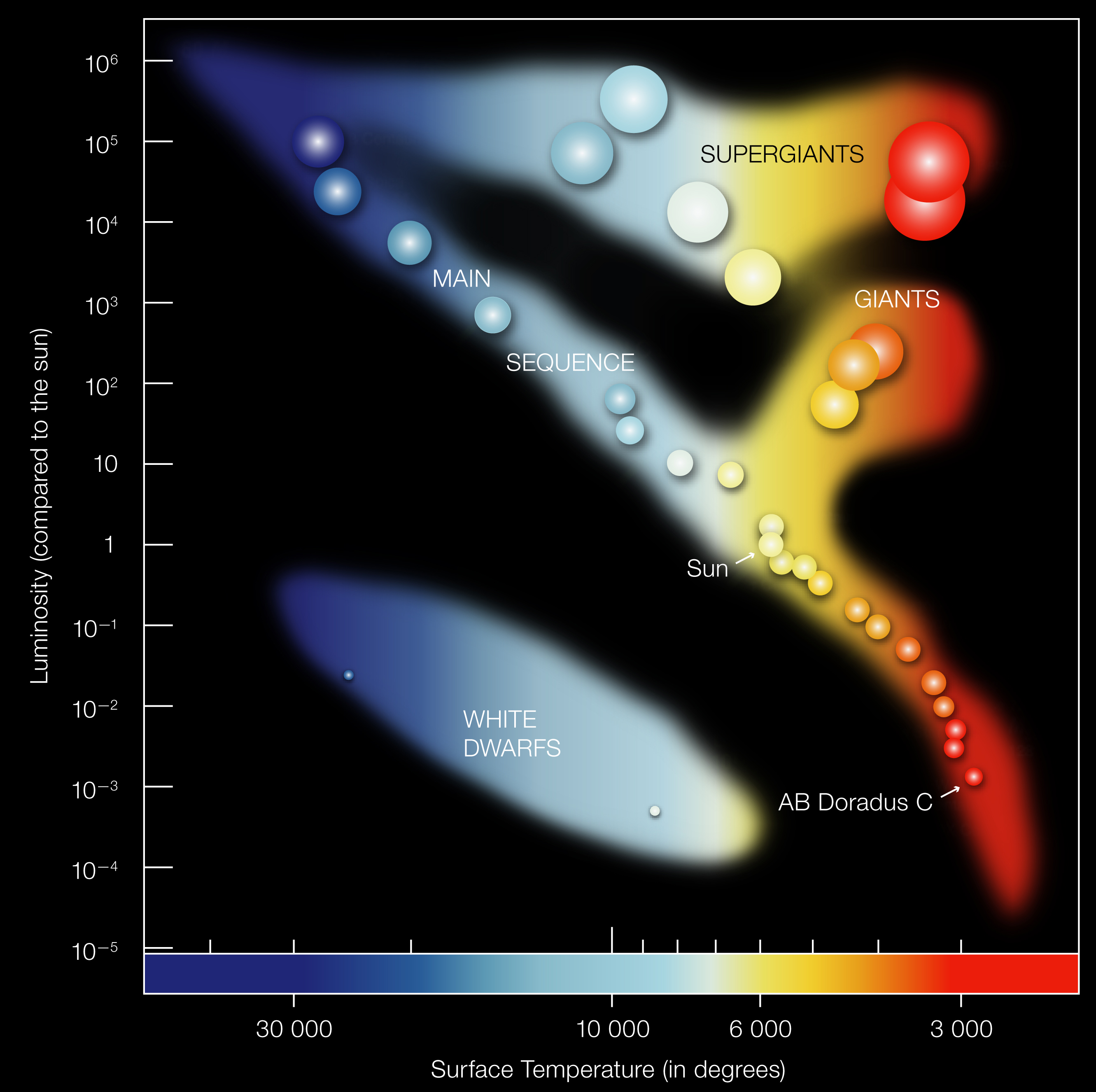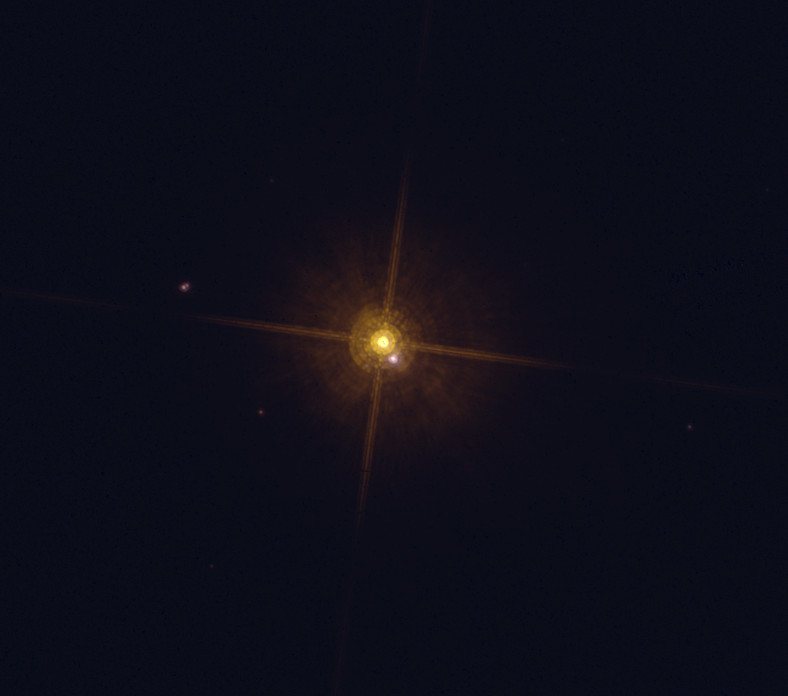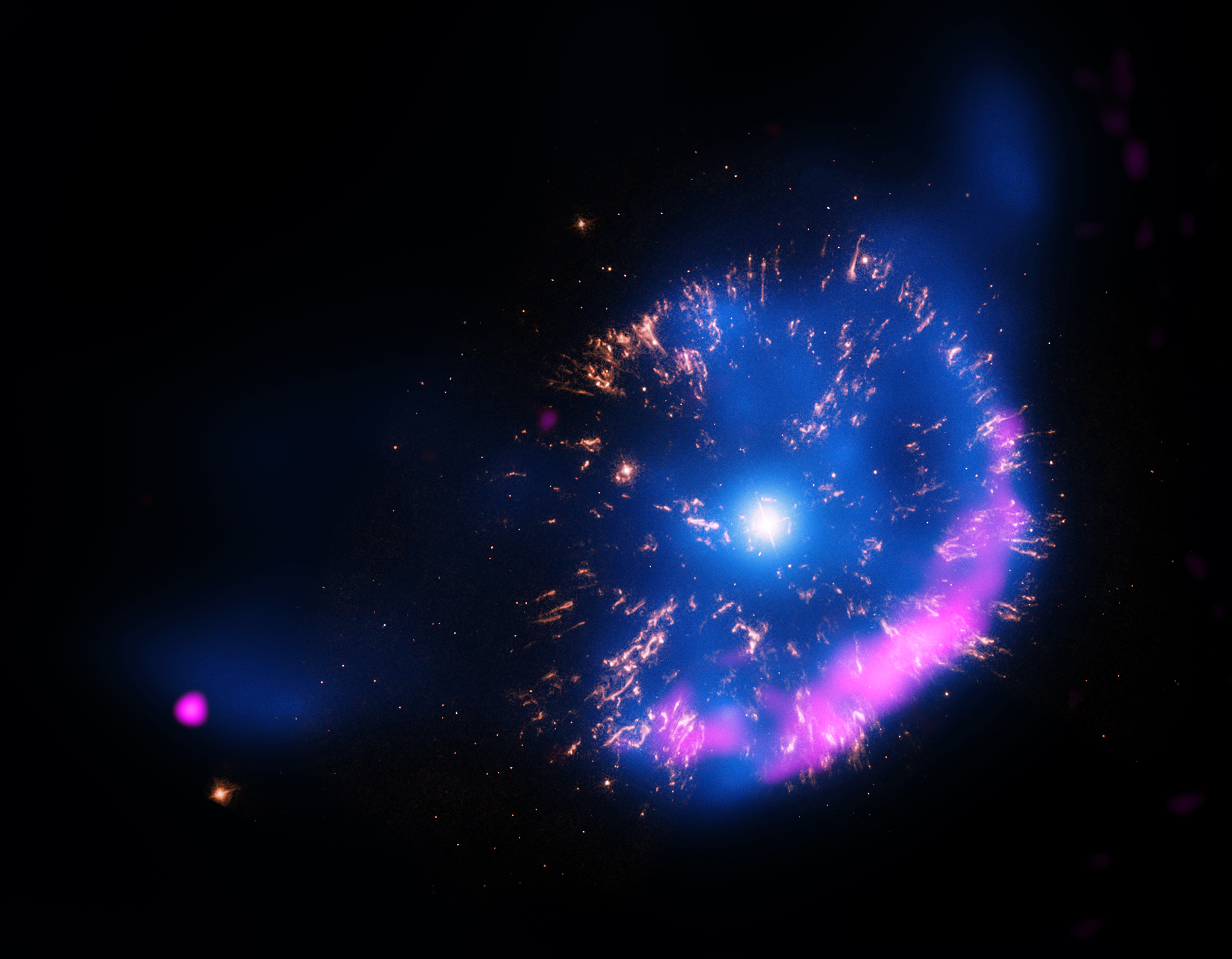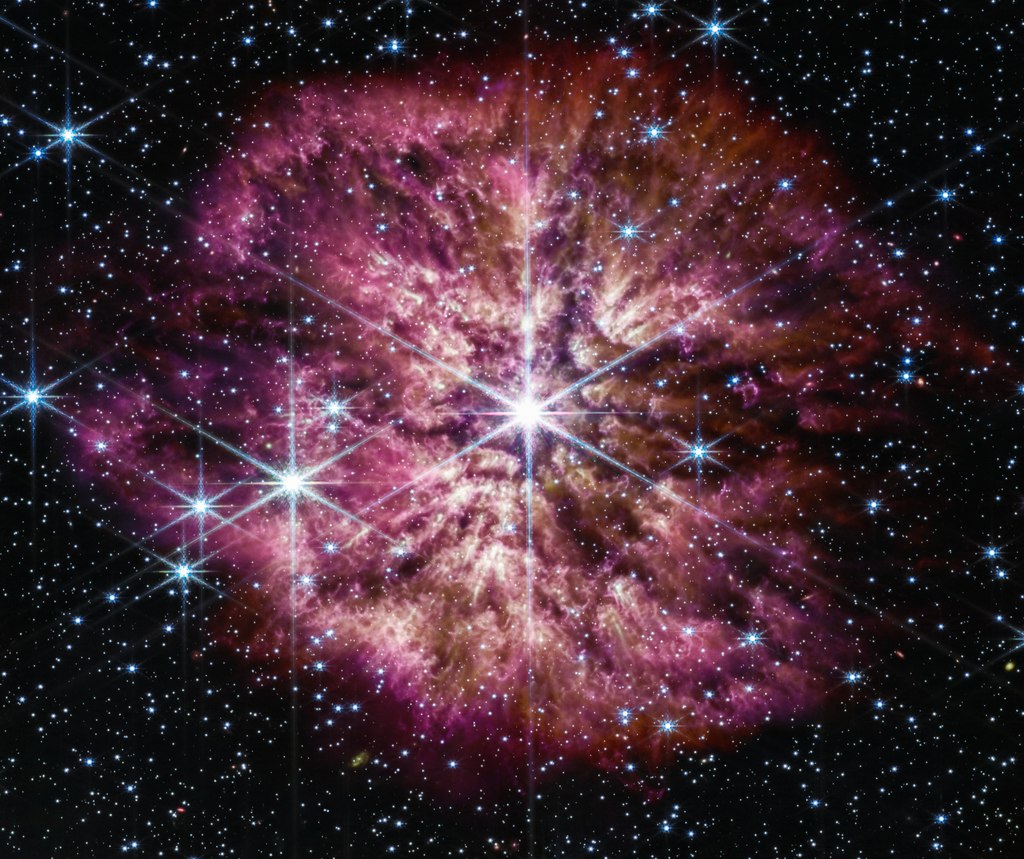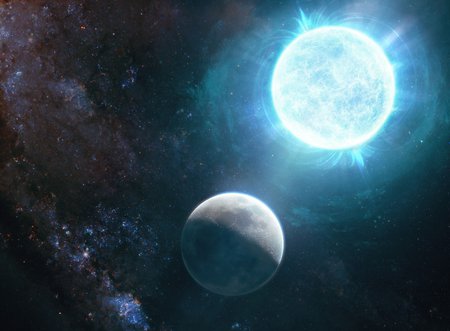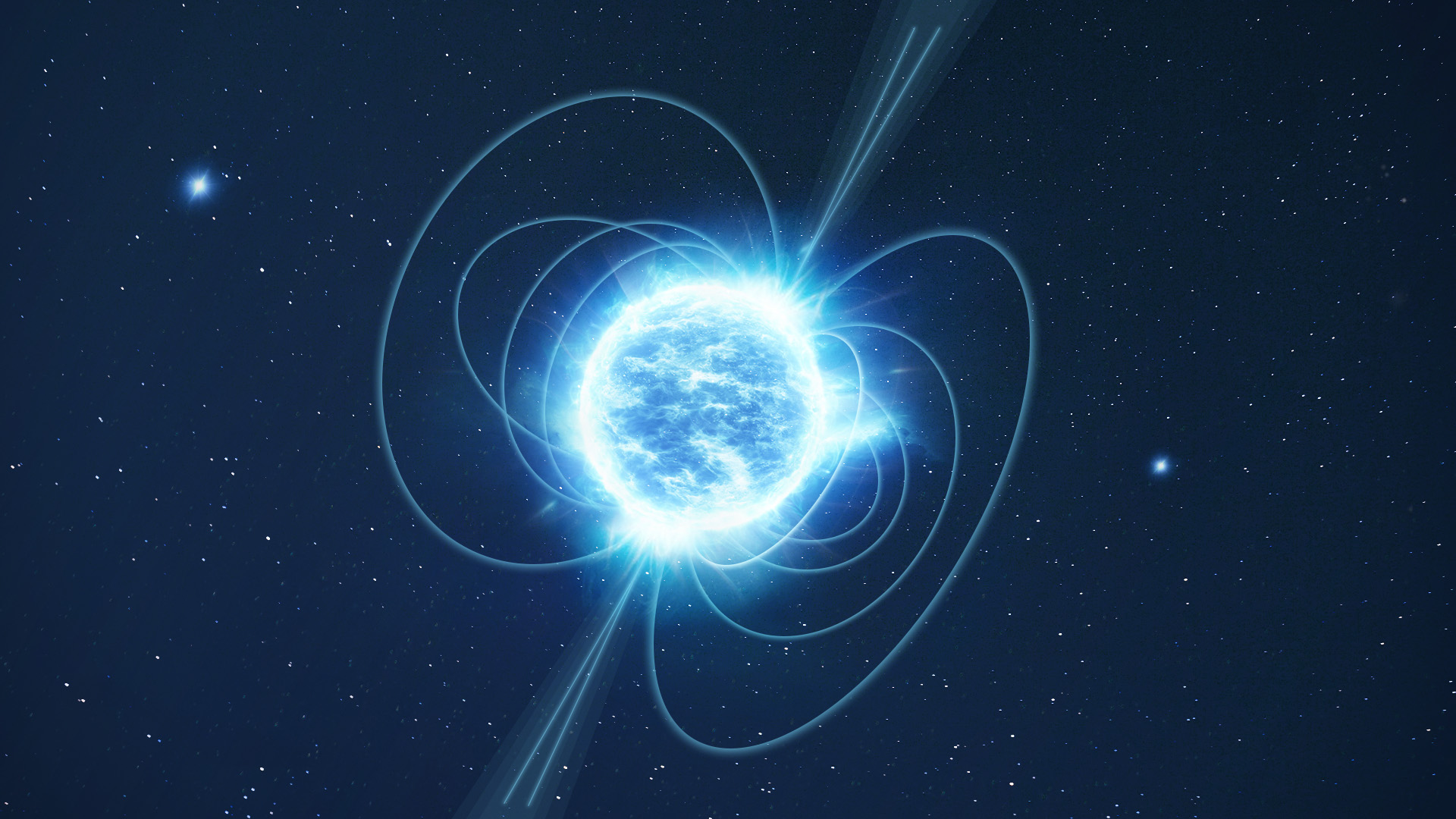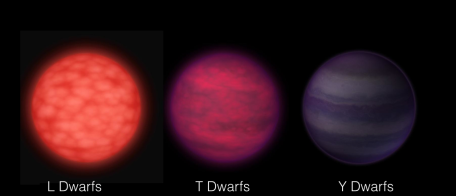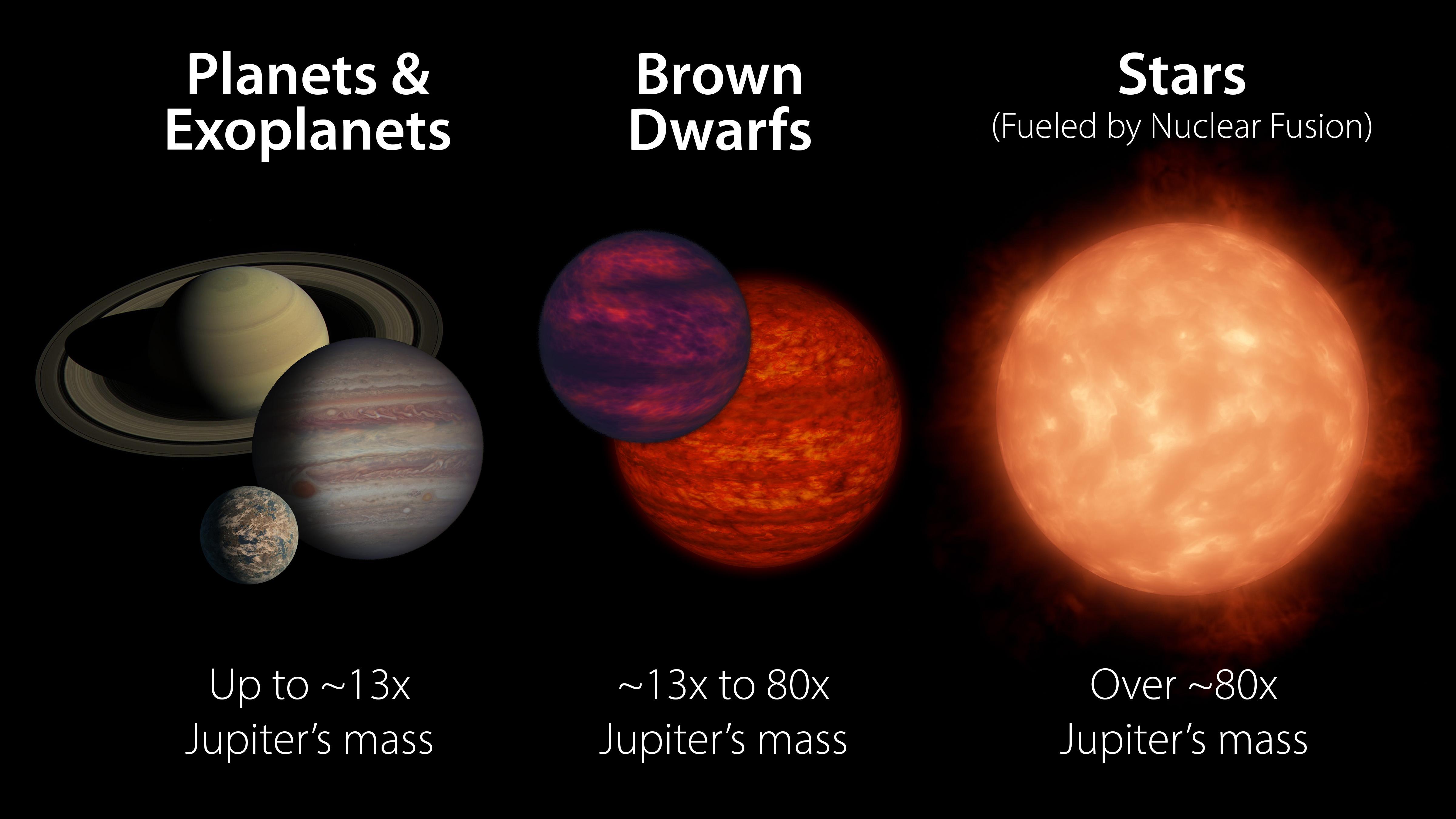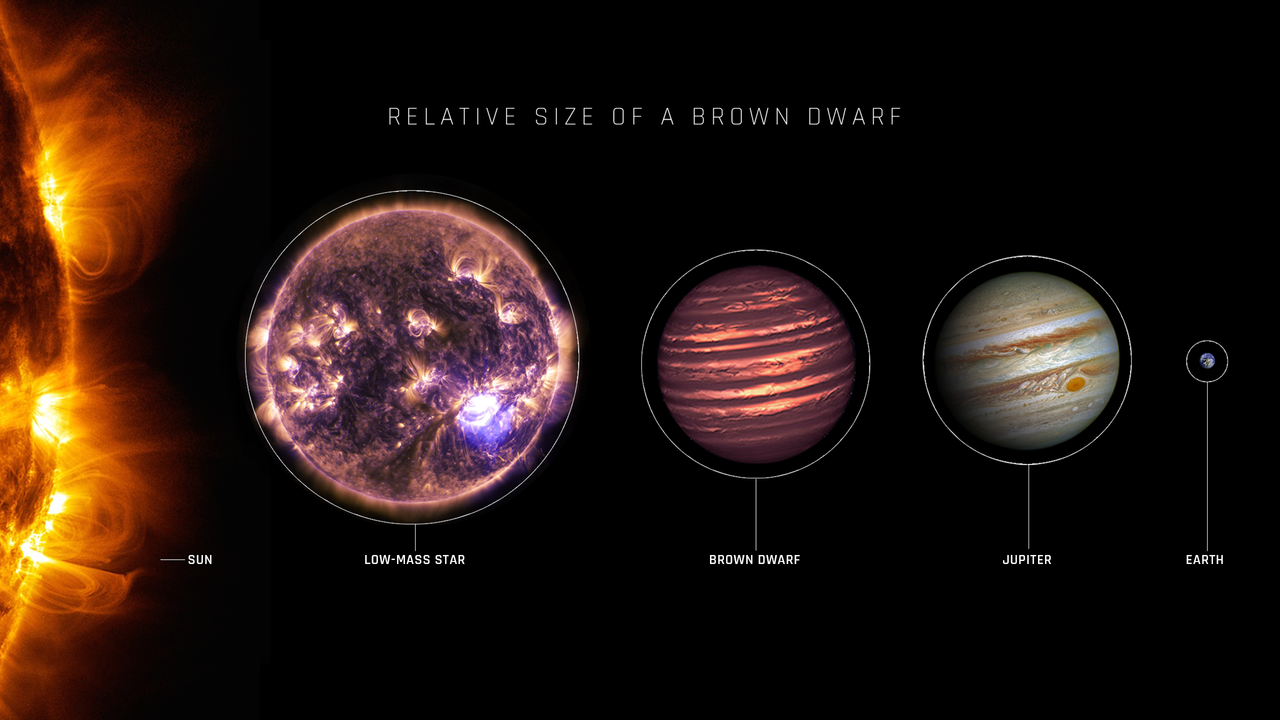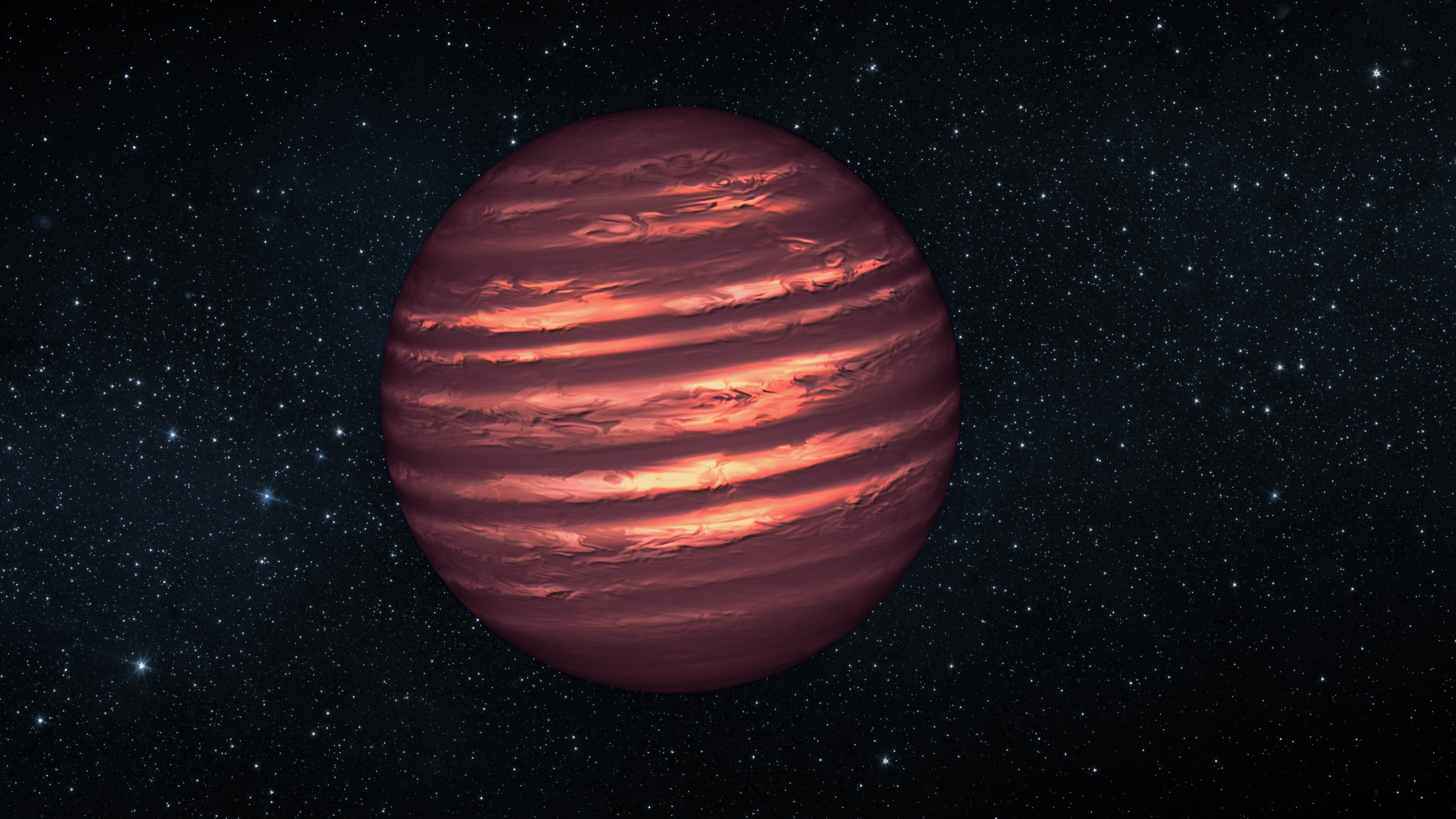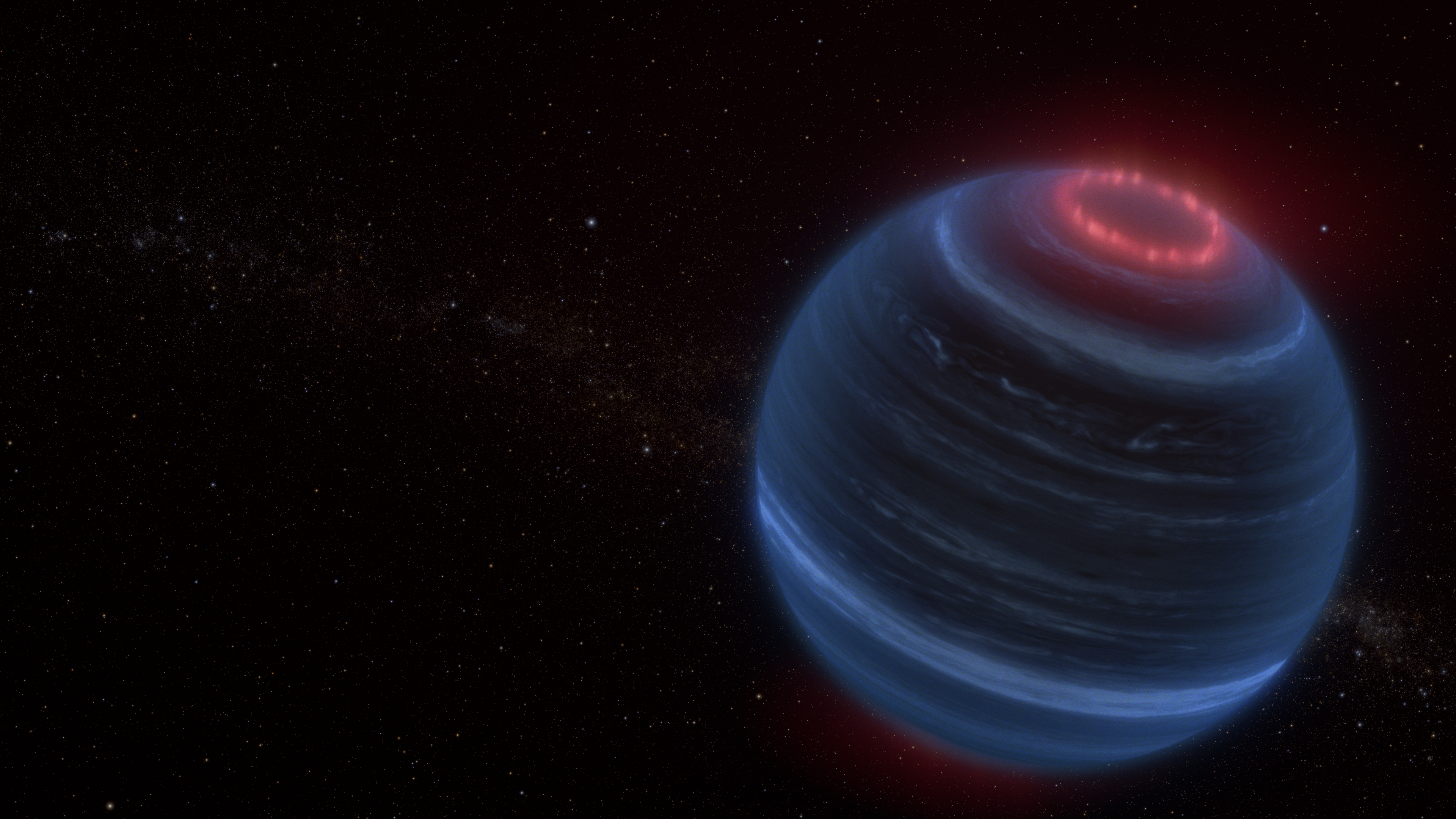Non-Main Sequence Stars
Overview
Non-main sequence stars encompass a fascinating variety of stellar objects that fall outside the standard Hertzsprung-Russell diagram's main sequence. Class S stars are cool, giant stars with spectra rich in zirconium oxide, indicating a late evolutionary stage similar to red giants. Class C stars, or carbon stars, are red giants with atmospheres dominated by carbon compounds, often resulting in distinctive reddish hues. Class W stars, also known as Wolf-Rayet stars, are hot and massive, characterized by strong stellar winds and the presence of helium, carbon, and oxygen in their spectra due to intense fusion and mass loss. Variable stars, such as Cepheids and RR Lyrae, experience periodic changes in brightness due to pulsations, eclipses, or eruptions, providing crucial insights into cosmic distances and stellar evolution. Lastly, brown dwarfs, sometimes called "failed stars," are substellar objects too small to sustain hydrogen fusion, existing in the gap between the largest planets and the smallest stars. Together, these diverse stars reveal the richness and complexity of stellar phenomena beyond the main sequence.
